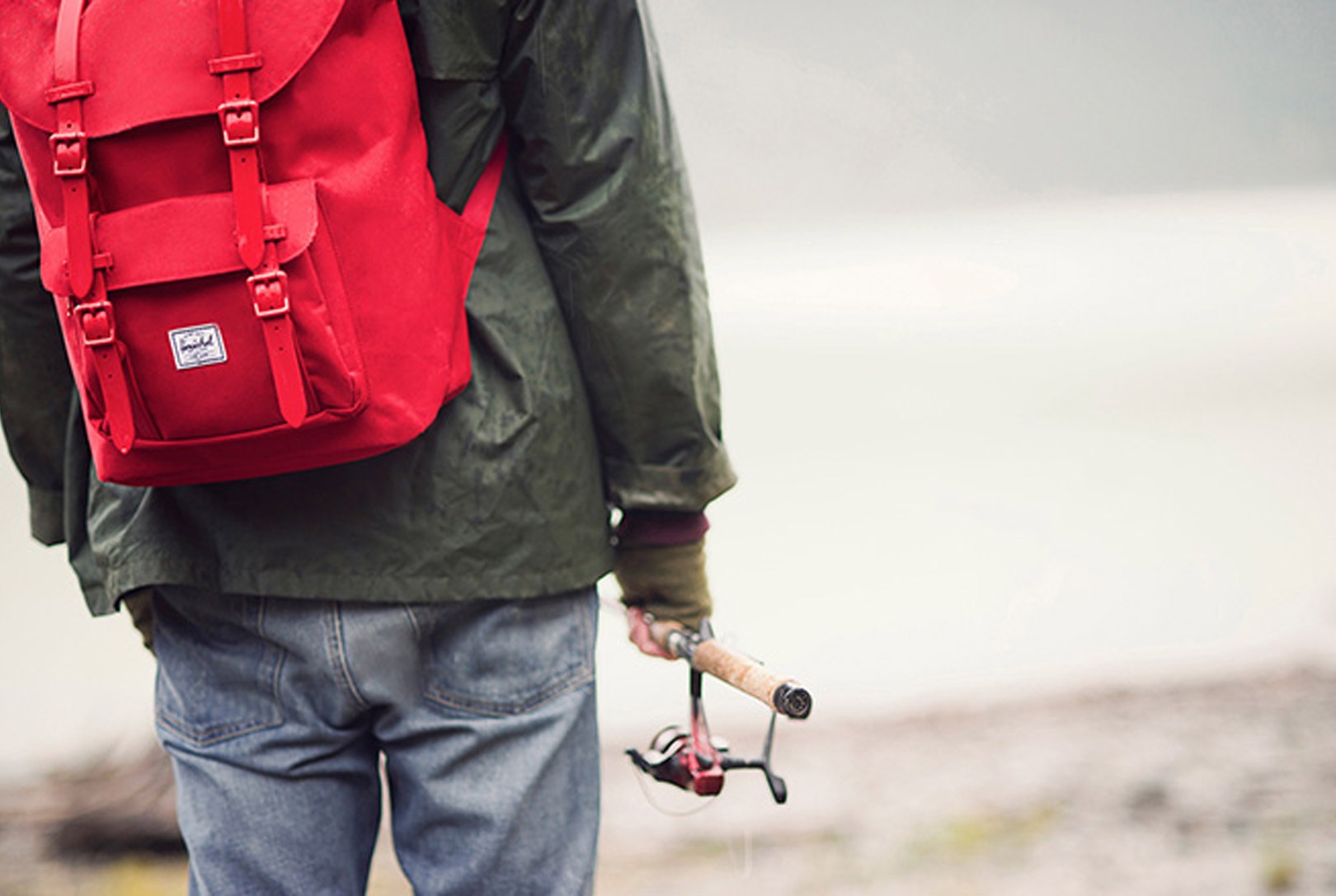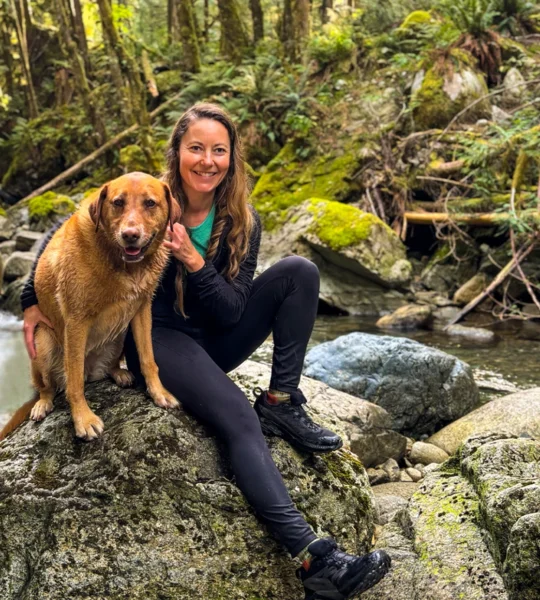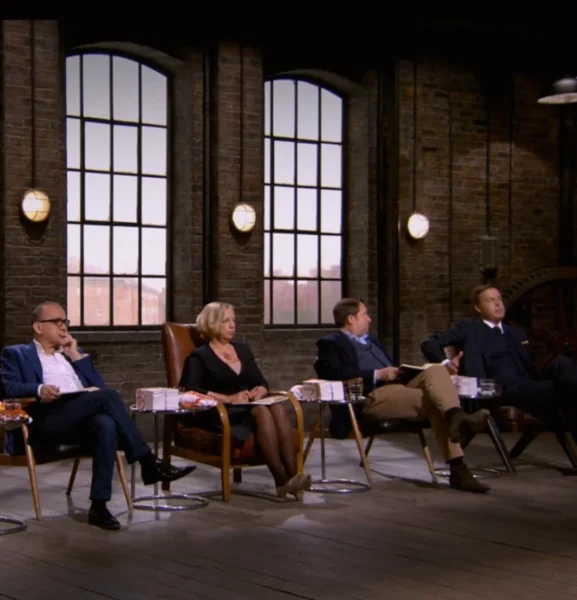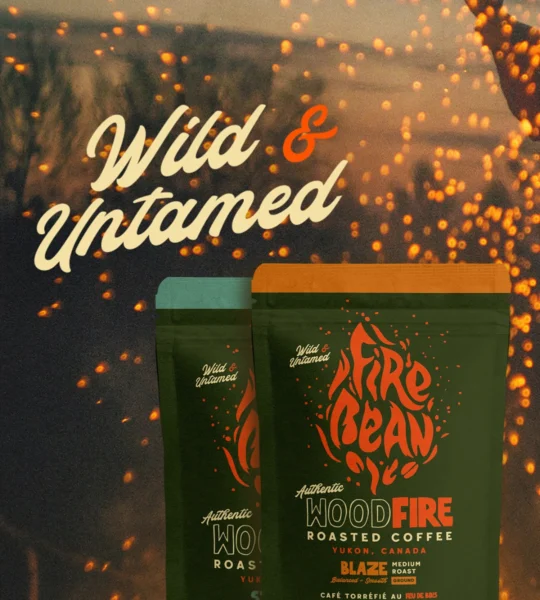How-to create a successful product launch
Getting your idea to the shelves
What are companies such as Herschel, Burt’s Bees and Air BnB doing to create a memorable brand?
Topics

Getting your idea to the shelves
How-to create a successful product launch? The process of getting your idea to the shelves of major retailers can feel overwhelming. And once you’re there, success not only requires a viable idea but an alluring brand, scaleable business model and healthy supply chain.
Understandably, we all want the instant product success and the brand recognition of companies such as Herschel, Burt’s Bees and Air BnB. But what does it take for a brand to truly break through in today’s crowded market?
It starts with planning. First, you need to define the purpose and value proposition of your product—at our Vancouver branding agency we ask: What’s your zest-factor? Second, you need to focus on storytelling rather than on selling a product.
Your Purpose
It takes more than a great product to pitch the retail buyer. You need to know what you do and why; it’s also important to define what you don’t do.
For your product to stand out, you must have a purpose. And you’ll need to really think deeper on this—it’s a nice sentiment to try and make the world a better place, but ultimately that’s just a vague comment that doesn’t capture attention. Instead, look at your target customers and decide how your products will enhance their lives and solve a problem for them.
Create a story
Stories are the best way to distinguish yourself from the other brands. Why?Because people always remember a good story. If your brand is going to succeed, it has to become something more than your products. You need to tell stories that touches the hearts of your customers.
Great stories have several key ingredients, here are a few to consider:
Theme
Something important the story tries to tell us. A theme ties the character’s (customers) concerns and passions and it will keep your brand on-point with every decision and communication.
Example: Toms shoes, improving lives.
Plot
A conflict or struggle that the main character (customer) goes through and the sequence of events inside a story. Conflict translates naturally to storytelling in products. People use your product to solve a specific problem or to get a specific job done. What will their experience be from purchase to usage and beyond?
Example: Endy Mattress. By offering home delivery in a compact box, the company takes the stress away from the mattress-buying process and even makes it enjoyable in its un-boxing.
Setting
A place and time that gives a vivid mental picture of the world your characters are in, as such, when you can create a setting that your product lives, it gives people a feeling of stepping into a whole new world with your brand.
Example: Is your brand about; the natural environment, a fun atmosphere, on an adventure in the backcountry, a luxurious evening etc? Once you define this, you can enhance and embellish.
Style and Tone
The language that feels right for your story. A brand’s tone of voice should be distinctive, recognizable and unique. It’s job is to communicate effectively with the customer.
Who are your customers
This is one of the first questions I ask my clients. Yet so many times I hear “Everyone. My target is whoever wants to buy my product”.
Knowing your demographic is essential so that we can understand purchase habits, what other brands appeal to them and with whom you might be competing with for their attention on the shelves. Knowing your target market allows us to establish a brand personality and design language that speaks to them.
Understand the space your product will live
Research your ideal retailers and list the type of products that they offer. Look for gaps where your product fits and where there are no competing products. Or if there are competing products see where your direct competition sells and how their product is positioned. Are there advertisements, point of purchase displays, or end-caps dedicated to your competitor’s product or brand? If the answer is yes, you might have a harder time out-marketing them, but, does your product offer a different value proposition or go after a different niche?
Your pricing structure
Obviously you need to do your homework on ingredient/material costs, the cost of your co-packaging or manufacturing costs, any broker or distributor fees, as well as any packaging, design, engineering and freight costs. Beyond that, you need to look at how the brand relates to the price. If you have an $8 box of crackers that will sell at Whole Foods, it should look and feel like an $8 box of crackers in order to appeal to the customers you’d like to target.
A smaller budget and lower retail price doesn’t mean your packaging can’t be well-designed and on-brand—but it’s very important to look you want to achieve with a specific project budget. If your product is purposefully economical, it shouldn’t look like a luxury brand—there would be a disconnect with the customer.
Keep your retailers happy
If your product isn’t selling, it won’t be reordered. It’s as simple as that. You need to make sure your product is top of the list for a purchase order. This means understanding their needs and how you can help make their life easier.
Make your best effort to keep stores informed and educated about your product. This means in-store demos, providing helpful marketing materials and even producing in-store displays or coolers that assist with telling your story for you.
—
For more help with creating a successful product launch, drop us an email!




